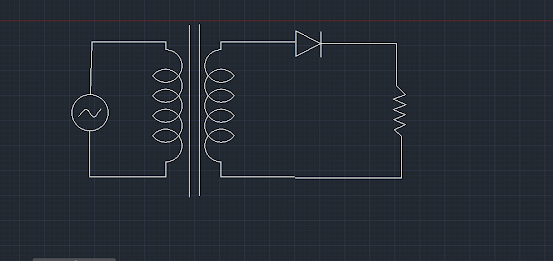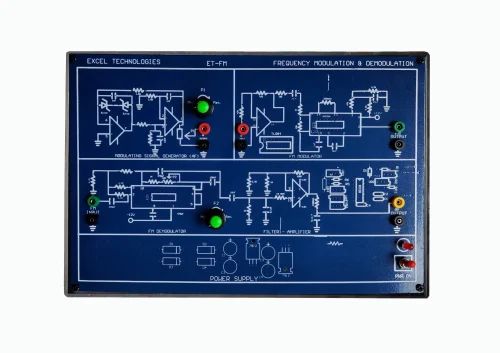Study of Frequency Shift Keying (FSK)

Experiment Name: Study of Frequency Shift Keying (FSK) Theory Frequency Shift Keying (FSK) is a digital modulation technique in which the frequency of the carrier signal is varied in accordance with the digital signal data. In FSK, binary data is transmitted through discrete frequency changes of the carrier wave. The most common types of FSK are Binary FSK (BFSK), where two frequencies represent binary '0' and '1', and Multiple FSK (MFSK), where multiple frequencies are used to represent more than two levels of digital data. Circuit Diagram: Apparatus: Function Generator Frequency Counter Oscilloscope Breadboard Connecting Wires Resistors and Capacitors (as required) FSK Modulator IC Power Supply Procedure: Modulation Assemble the FSK modulator circuit on the breadboard according to the provided circuit diagram. Connect the power supply to the circuit. Ensure correct voltage levels as specified for the FSK modulator IC. Connect a binary data signal to the input of the...






